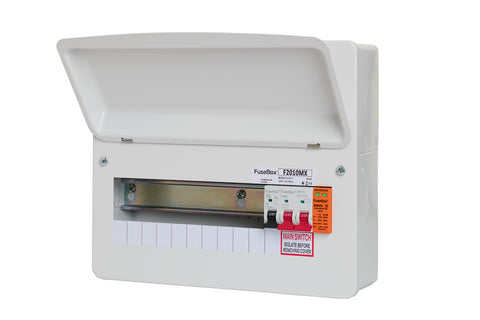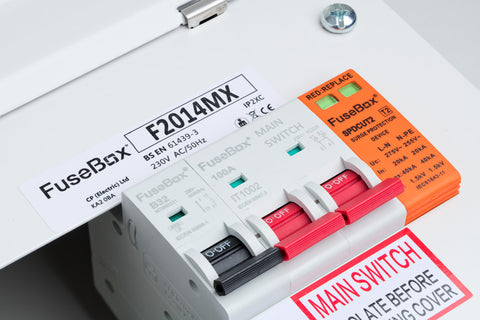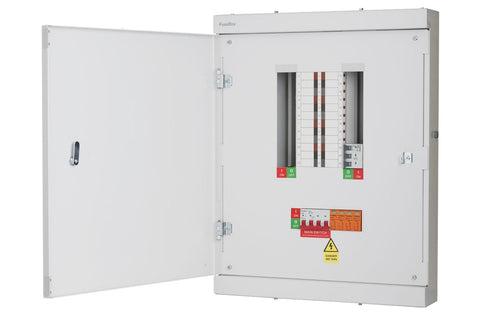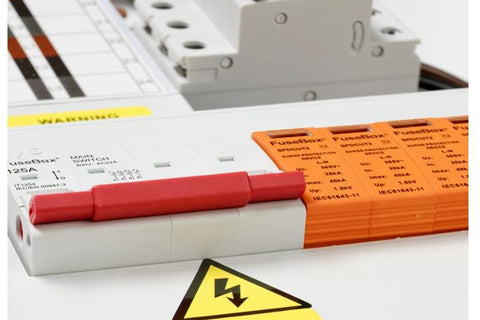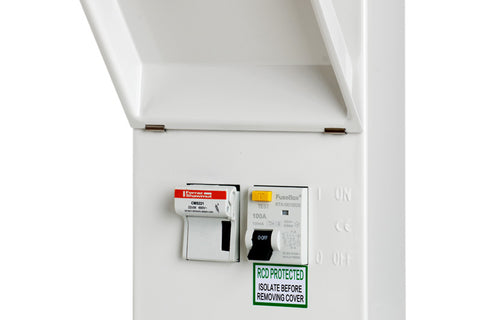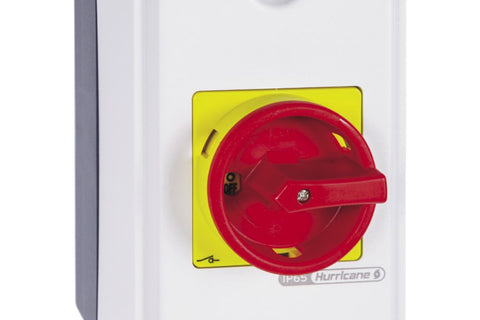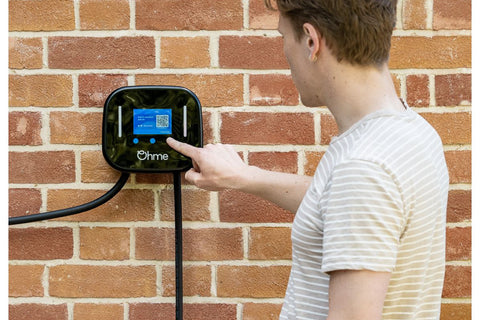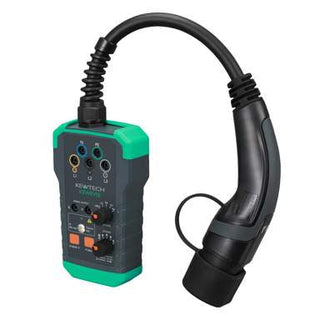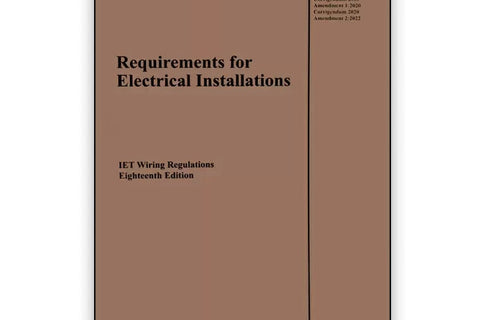Garage Consumer Unit FAQ

Garage Consumer Units
Yes, a garage typically requires a separate consumer unit to distribute electricity safely and efficiently to its electrical circuits.
The cost to replace a consumer unit can vary widely depending on factors like location, the complexity of the installation, and the electrician's rates. It's best to obtain quotes from local electricians for accurate pricing.
In many regions, electrical work on consumer units must be carried out by a licensed electrician to ensure safety and compliance with regulations. DIY installation may not be permitted or advisable.
The height of a garage consumer unit can vary, but it is typically installed at a height of about 1.5 meters above the floor level for easy access and safety.
Depending on your location and the extent of the electrical work, adding a garage consumer unit may be notifiable to your local building authority. It's advisable to check local regulations and consult with a qualified electrician.
Yes, a garage consumer unit usually requires Residual Current Devices (RCDs) to provide additional protection against electrical faults.
A main switch in a garage consumer unit can provide a convenient way to isolate the power supply when needed, but it may not be mandatory in all cases.
In many regions, RCDs are legally required for certain circuits to enhance electrical safety. It's essential to comply with local regulations to ensure a safe electrical installation.
RCDs can trip due to various reasons, including electrical faults, ground leakage, or faulty appliances. It's important to have a qualified electrician investigate the issue to identify and rectify the cause.
Operating without the necessary building regulations approvals for a garage conversion can result in legal consequences and difficulties when selling the property. It's advisable to obtain the required approvals.
Yes, it's common to have multiple consumer units in a house, especially in larger properties or when separate circuits are needed for different areas or functions.
Garage wiring requirements include the installation of suitable cables, circuit protection devices, adequate outlets, and proper grounding. Local electrical codes should be followed.
The distance between a consumer unit and the meter can vary, but it's generally recommended to keep it as short as possible to minimize electrical losses and installation complexity.
The size of tails needed depends on various factors, including the load and regulations in your area. A 100A fuse may require larger tails, typically 25mm² or more.
16mm tails may not be suitable for an 80A load; larger tails, such as 25mm² or 35mm², are typically required to safely carry that current.
A 16mm cable may not be suitable for a 100A load. Consult with a qualified electrician to determine the appropriate cable size based on your specific installation.
Meter tails should not be buried in walls. They should be appropriately routed and protected in conduit or trunking to ensure accessibility and saf
Meter tails must be appropriately insulated and protected to meet safety standards. Whether they need to be double-insulated depends on local regulations and the specific installation.
The electrical requirements for a garage, including whether it needs its own circuit, depend on the intended use and electrical load. Consult with a qualified electrician to determine the best approach.
Garage electrical requirements typically include proper wiring, circuit protection, lighting, and outlets to support the intended use of the space while complying with local electrical codes.
Consumer units often have multiple RCDs to provide separate protection for different circuits or areas within a property, enhancing electrical safety and reducing the risk of widespread power loss due to a fault.
